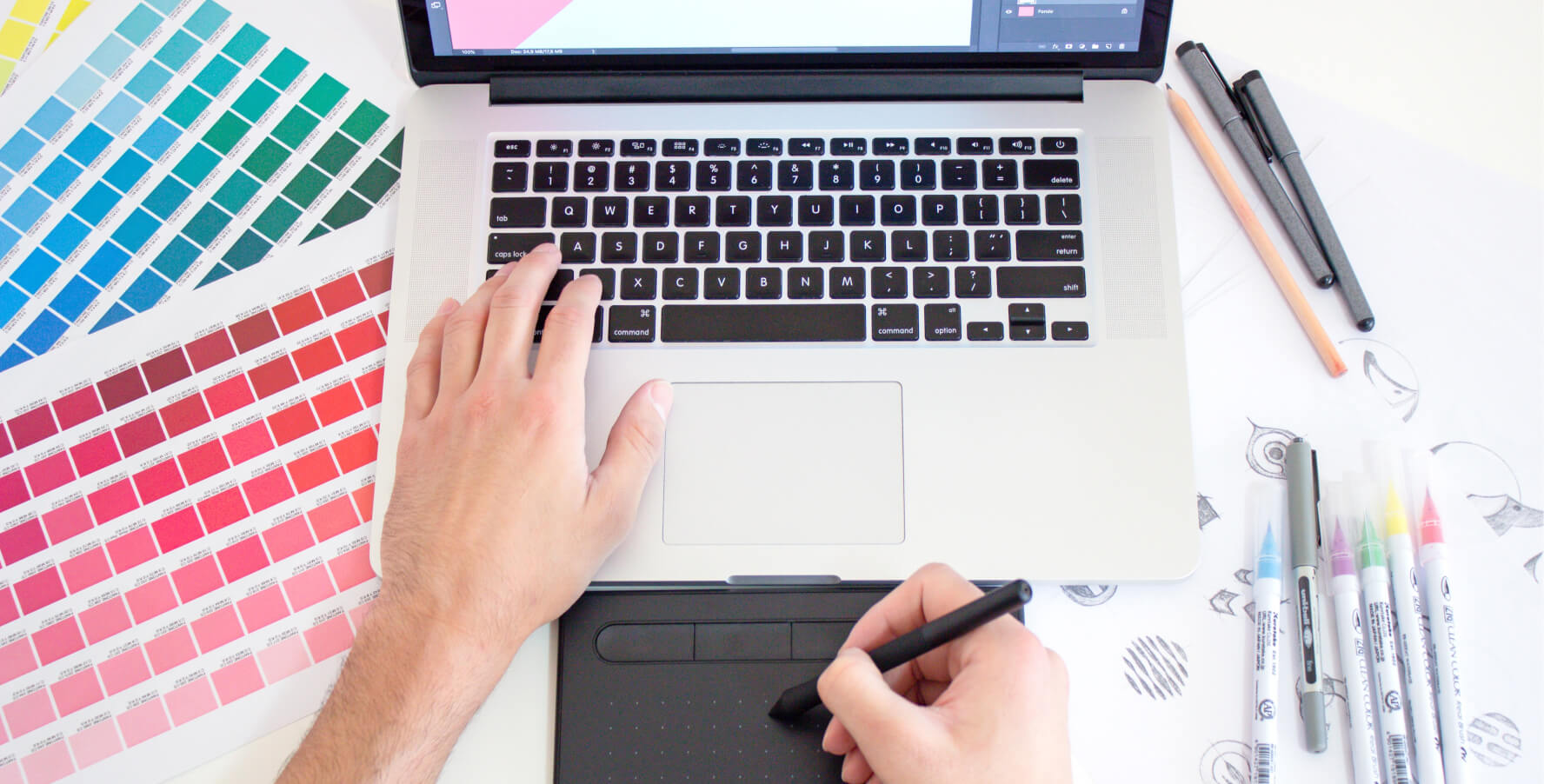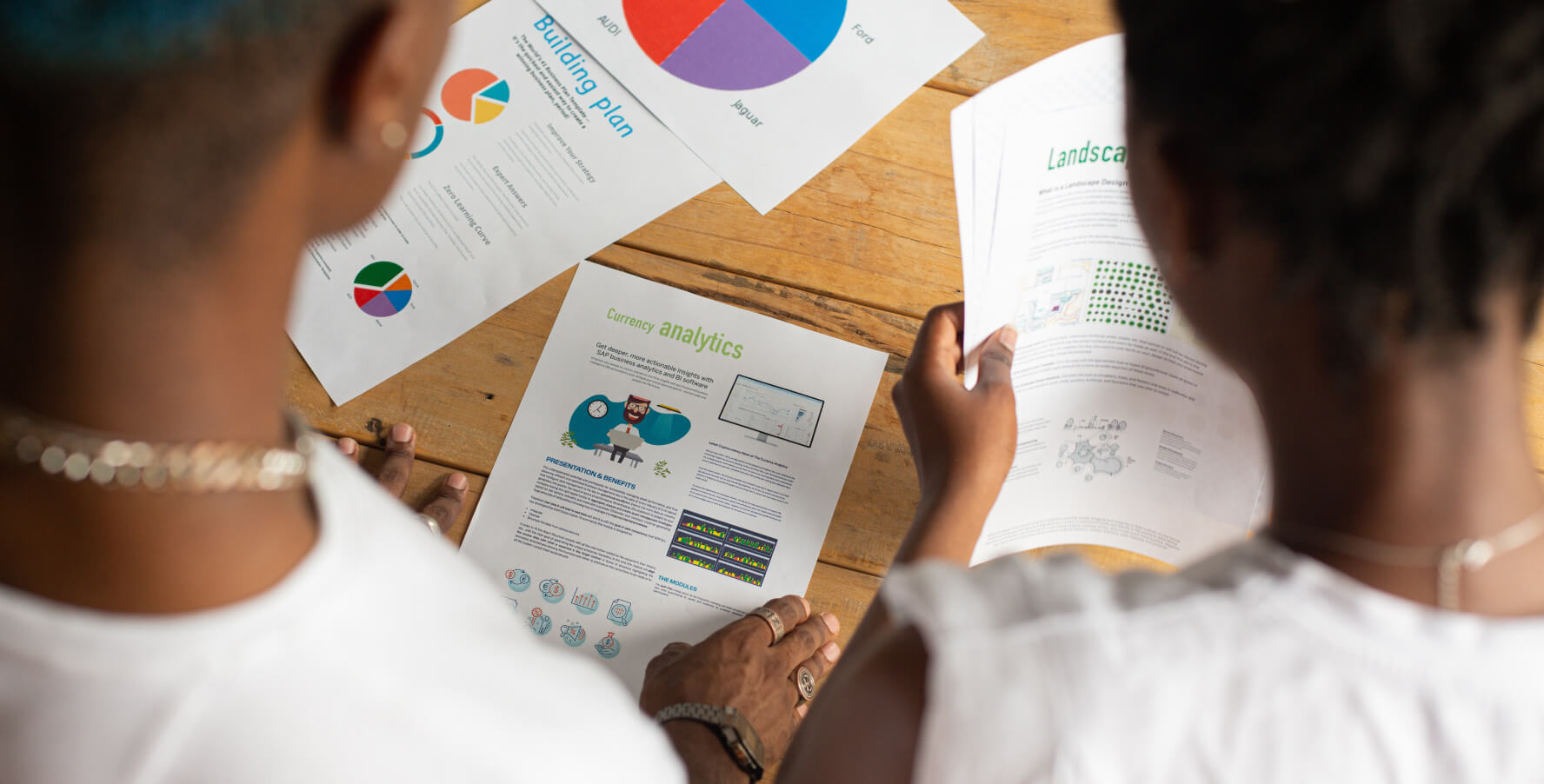
January 19th, 2022
The most cost-effective way to brand an early-stage startup
Establishing trust is a top priority for early-stage startups. Us humans fear the unknown. And what’s new and fresh—is of course unknown. One of the primary ways we establish and maintain trust is through branding. The creation of a consistent corporate identity that represents a particular set of values, and is communicated in a language that resonates with a particular target audience. Sound complex? It is.
Getting branding right is one of the trickiest challenges an early-stage startup will face. Not just because you’re starting with a blank canvas, but because resources are scarce too. As you may already know, branding workshops can get very abstract and philosophical very quickly. A far cry from the quantifiable, action-orientated world we normally associate with startup-life.
What can be done?
Assuming that your product is digital and that you already have a name and a logo, a great way to save resources without compromising on quality, is to have the product be the driving force in establishing your brand.
Something non-designers may not realize, is much of the work involved in branding a company is actually in exploring all the different ways to visualize and ‘flesh out’ this philosophical kernel of values. And guess what? This work needs to be done (at least partially) by someone else too: your product designer.
Product design has a very pragmatic foundation—a user will or will not achieve a goal. But it also works with many softer aspects too. How easy was it for the user to get there? What was delightful and what was frustrating? This balance between pragmatic, dreamy, and essential makes product design the perfect test bed for brand development.
This balance between pragmatic, dreamy, and essential makes product design the perfect testbed for brand development.
Remove the overlap
In an early-stage tech startup, everything is in flux. USPs, value propositions, not to mention the various features a product might consist of. Don’t be scared of letting the brand evolve in flux too. Your name and logo should remain the same of course, and only small incremental changes should happen at once. But if this slight ‘loosening of the reigns’ is permitted, and product is responsible for driving brand, you can both adapt with the changes, and evolve your visual language along the way.
Then, after a while, something magical happens: variables begin to settle and things start to ‘feel right’. It’s at this stage, you can start to document your fundamentals and roll out these visual precedents across all touch-points.
What does this mean for the founders?
Brand workshops are of course immensely valuable and should definitely be done at some point. But it’s important to recognise that there are many advancements that can be had along the way. As a founder, don’t be afraid to give your product designer the responsibility (and the freedom) to twist and evolve the brand from the beginning. You’ll be surprised at what can be achieved by piggy-backing other essential workstreams.

Jeremy Lefèbre
Founder
SlowLettuce | Copyright 2024


